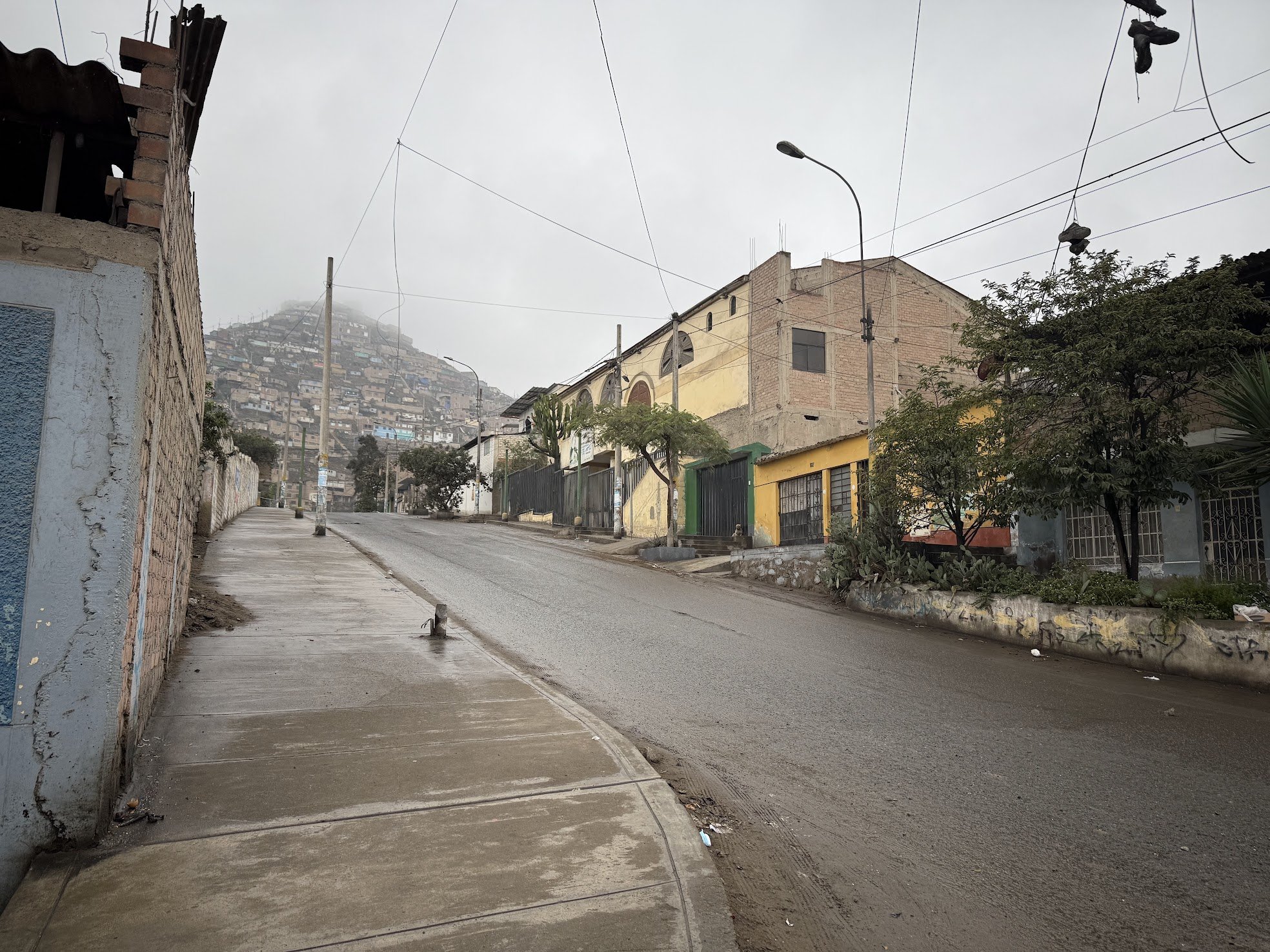
Guiding question:
What are the factors that influence Peru’s high literacy rates?
Exploring Literacy and Education in Peru
This summer, I had the incredible opportunity to spend time in Peru through the Fulbright Teachers for Global Classrooms program. For several weeks, I visited schools across the country to learn more about Peru’s approach to education, while paying close attention to its impressively high literacy rate.
According to the U.S. Embassy in Lima, Peru’s literacy rate now exceeds 99%. On paper, that statistic is remarkable. But what does it really mean in classrooms? What strategies are schools using? How are teachers supported? And how does community play a role?
During my time in classrooms, I noticed that Peru is in the midst of a nationwide shift toward the science of reading. Lessons I observed showed a strong focus on decoding and fluency, with teachers demonstrating a clear understanding of how children learn to read. This emphasis connects in interesting ways to Peru’s rich oral traditions. Storytelling, recitation, and spoken word have always been central to cultural life, especially in Indigenous and rural communities. By building a strong foundation in phonics and fluency, teachers are equipping students with the tools to translate that strength in oral language into reading with accuracy and confidence.
At the same time, comprehension (the meaning-making side of literacy), is still an area in development. While students could often read aloud with great accuracy, there was less focus on pausing to analyze, question, or connect with the text. The result is a literacy instruction model that honors oral fluency but is still working toward balancing decoding skills with deeper engagement and critical thinking.
Although the science of reading was clearly present, instruction looked quite different from what we often see in the U.S. Most lessons were delivered to the whole class, with teachers taking a “stand and deliver” approach from the front of the room. Differentiated small-group instruction, so common in American classrooms, is only beginning to emerge in Peru.
Interestingly, the most common question teachers asked us was: How can we get our students to work together more? They were eager for strategies to increase discourse and collaboration, to help move beyond a model where the teacher holds most of the voice. It was inspiring to see their openness and hunger for new ideas.
One of the most powerful models I learned about was COAR (Colegios de Alto Rendimiento)—Peru’s high-performance schools designed to help break cycles of poverty. These public boarding schools serve talented students from across the country, offering rigorous academics, leadership training, and holistic support. The idea is simple but transformative: give students from all backgrounds access to world-class education, and in turn, they’ll become leaders who uplift their families and communities. Meeting COAR students was a highlight of my trip; their confidence, drive, and sense of responsibility were unforgettable.
My time in Peru left me with a deep appreciation for the challenges and opportunities of education around the world. Literacy may look different across contexts, but at its heart, it’s about giving every child the chance to thrive. Peru’s story is one of progress, tradition, and possibility—a reminder that education has the power to transform not just individuals, but entire communities.